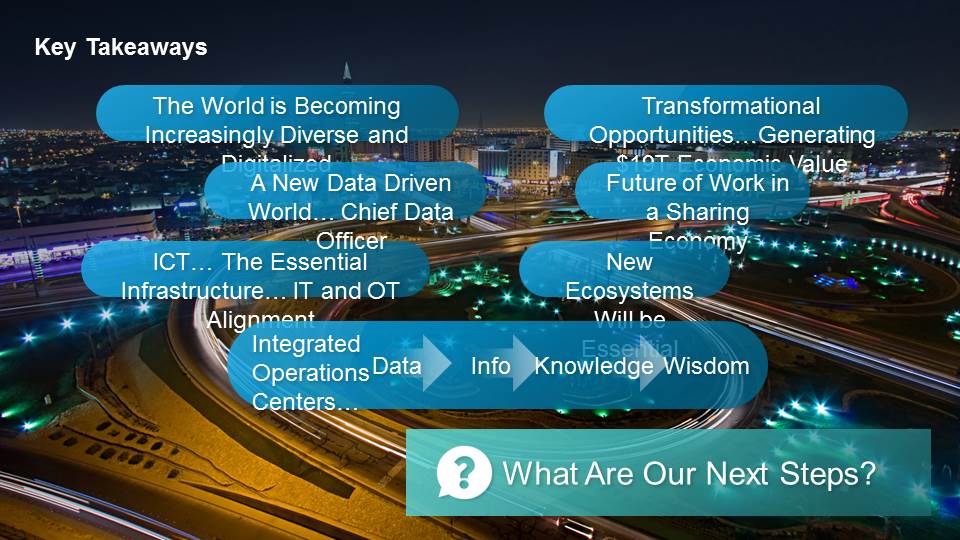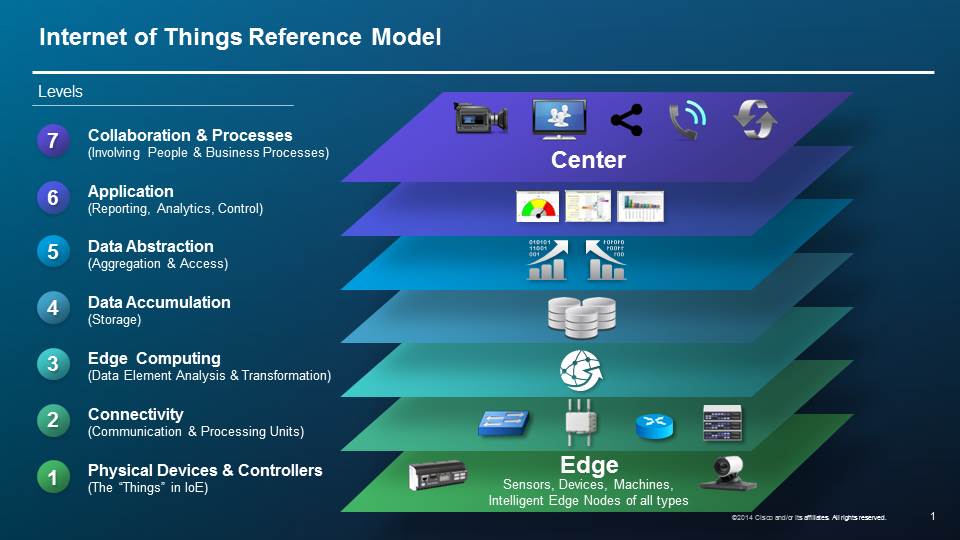































As we convene this week in Chicago for the 2ndannualInternet of Things World Forum(IoTWF), about 1,500 industry leaders worldwide are laser focused on capturing the$8 trillioneconomic opportunity of IoT. We launched the first annual IoTWF in Barcelona one year ago, and the industry has since progressed at breakneck speed.
AForbesheadline two months ago summed up the buzz: "It's Official: The Internet of Things Takes Over Big Data as the Most Hyped Technology," following the release of a Gartner Hype Cycle report. This is supported by the fact that media mentions of IoT have tripled since 2013 to more than 45,000 so far this year.
 However, IoT has swiftly moved beyond the hype and has already entered into what I call, "hyper progress". Just glance at the interactive IoT Deployment Map that IoTWF Steering Committee members created. It displays more than 260 varied projects from industry and the public sectors worldwide, encompassing smart cities, factories, mines, oil operations, retailers, healthcare, education and much more.
However, IoT has swiftly moved beyond the hype and has already entered into what I call, "hyper progress". Just glance at the interactive IoT Deployment Map that IoTWF Steering Committee members created. It displays more than 260 varied projects from industry and the public sectors worldwide, encompassing smart cities, factories, mines, oil operations, retailers, healthcare, education and much more.
In my opening keynote yesterday, I unveiled an IoT Acceleration Dashboard (see above) of key IoT indicators across four main categories: Industry Environment, Business Sentiment, Investments and Opportunity Size. This IoT Acceleration Dashboard, compiled by Cisco Consulting Services and Cisco Global Marketing Corporate Communications thought leadership, is composed of Cisco primary and secondary research, including third party data, as well as some economic analysis. Here are a few quantitative and qualitative examples of IoT growth:
These and other tangible findings from our Dashboard underscore our conference theme: IoT is Here. Now. ..I would add: It's Big. And it's Bold!
Chicago Deputy Mayor Steve Koch on IoT
These themes were reinforced by Chicago Deputy Mayor Steve Koch, who joined me on stage to discuss how the city uses IoT, Big Data and sensors for new urban services, transparency, interactions with residents, emergency alerts, smart traffic and lighting as well as snow plow scheduling and even to help find and eradicate rats.
Deputy Mayor Koch also acknowledged how IoT helps make urban services more efficient and effective. He also let it be known that Chicago wants to be known as an IoT and technology "test bed" that can help innovators commercialize and scale their solutions. "We want to be the center of this industry," he said.
Beyond the public sector and Smart Cities, IoT opportunities for the manufacturing, transportation, energy retail, and other market sectors are mind-boggling. For Chicago alone, an Independent Cisco Study, yet to be validated with the City of Chicago found that IoT can create a potential economic value of$8.1 billion over the next decade.
The city of Chicago is just one example. Our analysis shows that the global IoT value across both the public and private sectors can reach$8 trillion (Source: Cisco Consulting Services)from dramatic boosts in revenue, customer and citizen experiences, asset utilization, employee productivity as well as supply chain and logistics operations. When leveraging the Internet of Everything -the connections of things, data, processes and people -the global opportunity rockets to$19 trillion(Source: Cisco Consulting Services).
 How do we capture these unprecedented opportunities? First, we must establish a solid foundation for growth by addressing key impediments to progress, such as security, open standards, governance models, data policies, technology complexity and talent gaps.
How do we capture these unprecedented opportunities? First, we must establish a solid foundation for growth by addressing key impediments to progress, such as security, open standards, governance models, data policies, technology complexity and talent gaps.
Not surprisingly, an instant poll we took during my presentation showed that about 40% of attendees identified "security" as their number one concern -the highest percentage of the six categories above. This and other impediments to progress are being addressed this week in 36 workshop breakout sessions. I am confident the collaborative wisdom of the leaders here will find ways to continue moving IoT forward at an accelerated pace. We also unveiled a seven-layer Reference Model(Source: IoTWF Steering Committee) supported by 20 companies and the Industrial Internet Consortium that provides a guideline and architectural taxonomy for IoT implementations.
Second, every organization must reinvent itself as a technology company first. We live now in an increasingly diverse, digitized and data-driven world, which calls for a new role in the public and private sectors -the Chief Data Officer. Essential ICT infrastructure must span functions to help align IT and OT technologies that can help to capture transformational opportunities.
Finally, Integrated Operations Centers with panoramic views of IoT applications can connect the dots by using analytics to turn data into wisdom for better decision making and scenario planning. No one entity can do all this alone. As companies such as Uber demonstrate, we are moving more and more to a shared economy. It's imperative to build an ecosystem of partners, like we have done this week at the IoT World Forum, in order to move IoT and IoE forward.
 Etiquetas calientes:
Internet of Things (IoT)
Internet of Everything (IOE)
Ciudades inteligentes
IoTWF
Steve Koch
Etiquetas calientes:
Internet of Things (IoT)
Internet of Everything (IOE)
Ciudades inteligentes
IoTWF
Steve Koch